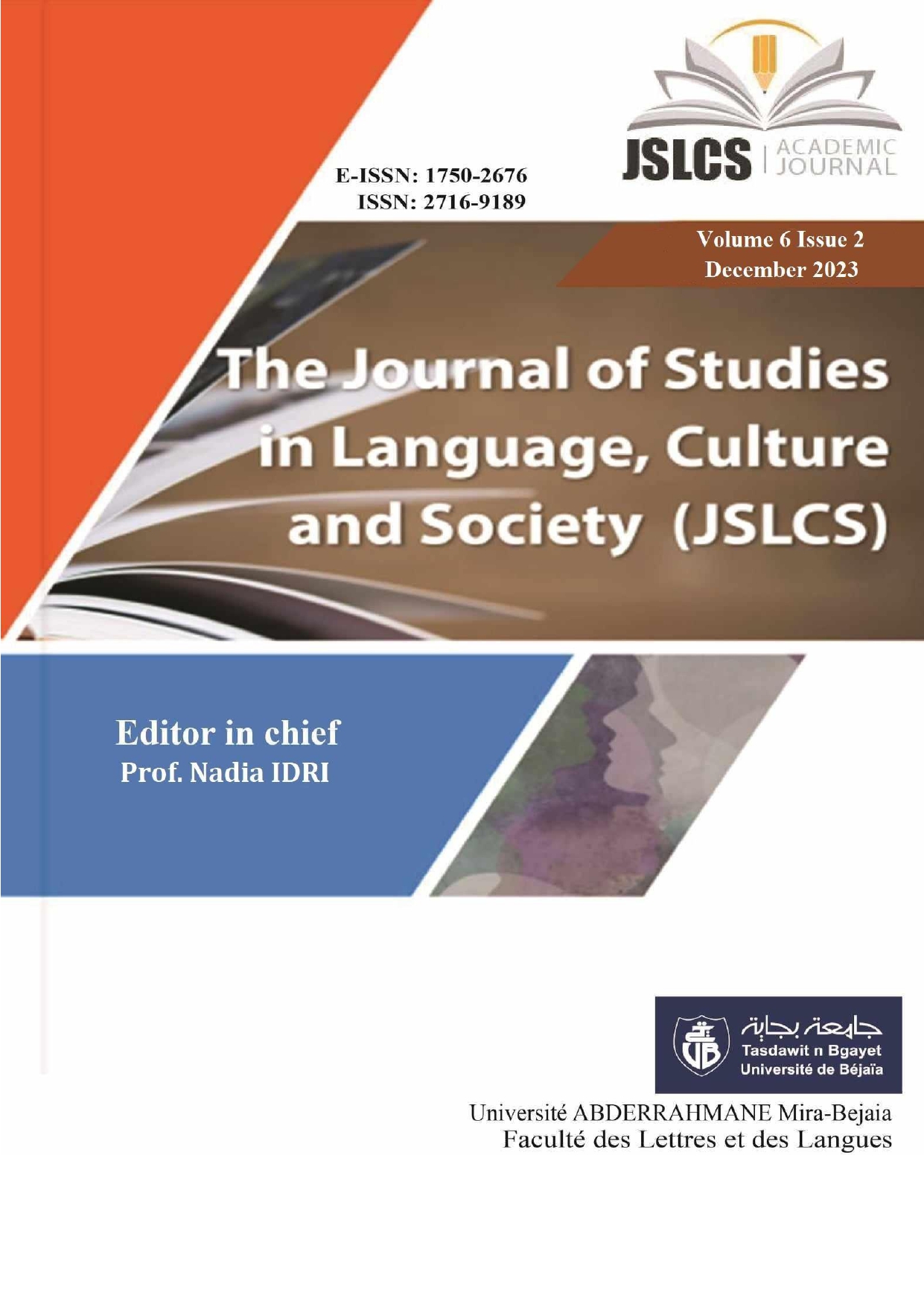Morphosyntactic Study Of Urdu Esl Learners: A Derivation By Interface
Keywords:
interface hypothesis, morphosyntactic frame, error, derivation, second language acquisitionAbstract
This study is an attempt to investigate the Urdu ESL leaners’ errors under the theoretical tent of Interface modular approach presented by the Noam Chomsky (1995). Interface Hypothesis is a perspective on interfaces in L2 acquisition that has gained a lot of traction compares various interface types in grammars that are close to native in order to discuss the nature of the end state knowledge of highly skilled L2 speakers. For conducing this study, interface hypothesis others have pushed this idea, which they have dubbed the Interface Hypothesis. The idea is that, in so far as near-native speakers have issues at all, these are likely to be related only with certain interfaces. The hypothesis has developed over time. The aim of this study is to analyze the interface of syntax/ morphology of L2 English of Urdu Learners. For the analysis of morphology/syntax interface, the data is collected from 15 students of Grammar Model high school through essay writing. On these domains the data is analyzed ; inflectional morphology, arguments, loan words and phrasal verbs. Through the analysis of these domains the interface of syntax/ morphology of students is analyzed.
References
Borer, H. (1998). Deriving passives without theta roles. Morphology and Its Relation with Phonology and Syntax, 60–110.
Chomsky, N, Hornstein, N., & Lightfoot, D. (1981). Principles and Parameters in Syntactic Theory in Explanation in Linguistics. Longman.
Chomsky, N. (1995). The Minimalist Program. MIT.
Chomsky, N. (2011). Language and other cognitive systems. What is special about language? Language Learning and Development, 7(4), 263–278.
Elman, J. L. (1996). Rethinking innateness: A connectionist perspective on development (Vol. 10). MIT press.
Embick, D. (2003). Locality, listedness, and morphological identity. Studia Linguistica, 57(3), 143–169.
Embick, D., & Noyer, R. (2007). Distributed morphology and the syntax—morphology interface. Oxford Handbooks Online.
Franks, S. (2000). Clitics at the interface. Clitic Phenomena in European Languages, Ed. F. Beukema & M. Den Dikken, 1–46.
Fromkin, V., Rodman, R., & Hyams, V. (1998). An Introduction to Language. Hartcourt Brace College Publishers.
Haidar, S., & Fang, F. (2019). Access to English in Pakistan: a source of prestige or a hindrance to success. Asia Pacific Journal of Education, 39(4), 485–500.
Islam, R. A. (2012). The morphology of loanwords in Urdu: the Persian, Arabic and English strands (Doctoral dissertation). Newcastle University.
Jo, J.-M. (2000). Korean Do-support Revisted: Its Implications for Korean Verbal Inflections. CLS, 36, 147–161.
Khan, T. A. (2020). Morphological Integration of Urdu Loan Words in Pakistani English. English Language Teaching, 13(5), 49–63.
Laing, E., Hulme, C., & Grant, J. (2001). Learning to read in Williams syndrome: Looking beneath the surface of atypical reading development. The Journal of Child Psychology and Psychiatry and Allied Disciplines, 42(6), 229–239.
Maqsood, B., Saleem, T., Aziz, A., & Azam, S. (2019). Grammatical constraints on the borrowing of nouns and verbs in Urdu and English. SAGE Open, 9(2). https://doi.org/2158244019853469
Sorace, A. (2000). Syntactic optionality in non-native grammars. Second Language Research, 16(2), 93–102. https://doi.org/doi: 10.1191/026765800670666032
Stewart, T., & Stump, G. (2007). Paradigm function morphology and the morphology--syntax interface. Oxford Handbooks Online
Yoshimura, N., Nakayama, M., Fujimori, A., & Shimizu, H. (2016). Control and raising constructions in early L2 English acquisition. Second Language, 15(1), 53–76.








